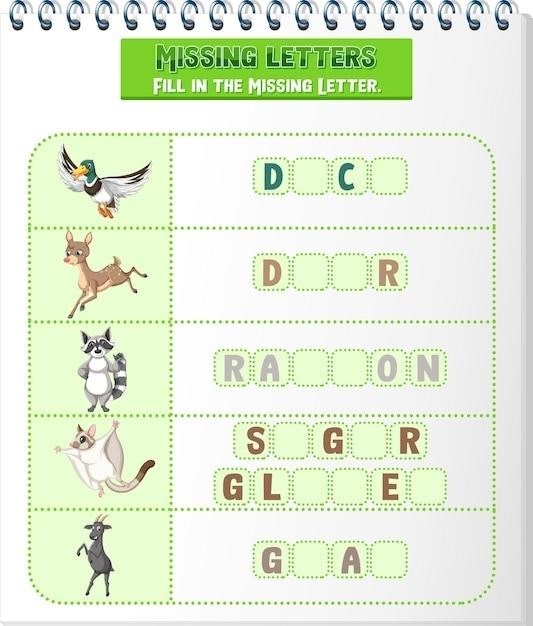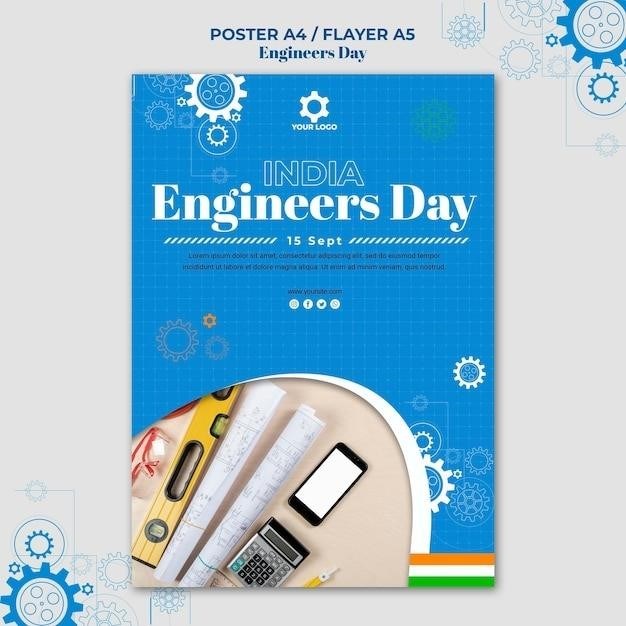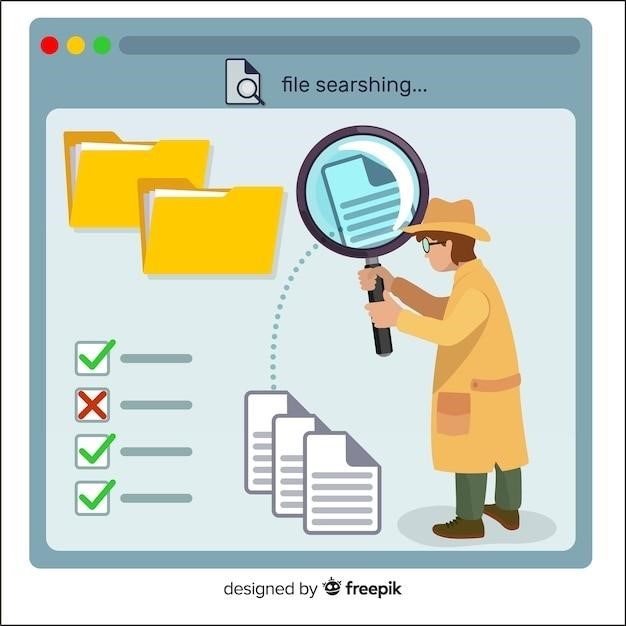Understanding the SCD Diet
The Specific Carbohydrate Diet (SCD) is a restrictive dietary approach designed to manage inflammatory bowel diseases (IBD) by modifying gut bacteria and reducing inflammation. It emphasizes whole, unprocessed foods while strictly limiting certain carbohydrates deemed difficult to digest. The SCD’s effectiveness is attributed to its impact on gut microbiome balance and inflammation reduction, improving symptoms in many individuals. The diet’s success hinges on careful adherence to detailed food lists differentiating allowed and prohibited items.
What is the Specific Carbohydrate Diet (SCD)?
The Specific Carbohydrate Diet (SCD) is a restrictive elimination diet primarily used to manage inflammatory bowel diseases (IBD) like Crohn’s disease and ulcerative colitis. Developed by Elaine Gottschall, it focuses on altering gut microbiota composition to reduce inflammation and improve digestive health. Unlike many diets, the SCD doesn’t simply restrict calories or macronutrients; it meticulously categorizes carbohydrates based on their digestibility. Easily digestible carbohydrates, like simple sugars found in many fruits and some vegetables, are permitted. However, the diet strictly prohibits complex carbohydrates like those found in grains, legumes, and most processed foods. This strict categorization is crucial for its effectiveness. Adherence requires careful attention to food preparation and ingredient selection, often necessitating the creation of homemade meals from scratch to avoid hidden sugars and starches.
The History and Origins of the SCD
The Specific Carbohydrate Diet (SCD) emerged from the work of Elaine Gottschall, whose book, “Breaking the Vicious Cycle,” detailed its principles and rationale. Gottschall, driven by personal experience and research, formulated the SCD as a therapeutic approach to IBD, aiming to address the underlying microbial imbalances contributing to inflammation. The diet’s origins lie in the observation that certain carbohydrates could exacerbate symptoms in individuals with IBD, while others were tolerated better. This observation led to the creation of a highly restrictive dietary protocol, eliminating those carbohydrates believed to fuel harmful gut bacteria. While the SCD’s initial focus was on IBD, its potential benefits have expanded to encompass other gastrointestinal disorders and related conditions. The original book and subsequent iterations have evolved, reflecting ongoing research and individual adaptations to the core principles.
Key Principles of the SCD
The SCD’s foundation rests on the careful selection of carbohydrates. It differentiates between easily digestible carbohydrates, which are permitted, and complex carbohydrates, which are restricted. The diet emphasizes whole, unprocessed foods, prioritizing nutrient-dense options. Processed foods, refined sugars, and many grains are strictly prohibited due to their potential to disrupt gut health. A core principle is the exclusion of foods containing disaccharides, oligosaccharides, and polysaccharides, often referred to as complex carbohydrates. The SCD promotes the consumption of foods that nourish beneficial gut bacteria while limiting those that feed harmful bacteria. Lean meats, poultry, fish, eggs, and healthy fats are encouraged, providing essential nutrients. The emphasis is on creating a gut environment conducive to healing and reducing inflammation. Careful food preparation is also key, minimizing added sugars and starches often found in processed foods.
SCD Food Lists⁚ Allowed and Prohibited Foods
Navigating the SCD requires understanding its comprehensive lists of permitted and forbidden foods. These lists are crucial for successful implementation, guiding food choices to maximize benefits and minimize potential setbacks. Detailed, downloadable PDFs often provide comprehensive guidance.
Allowed Foods on the SCD⁚ A Comprehensive List
The Specific Carbohydrate Diet (SCD) allows a range of foods, emphasizing whole, unprocessed options. Meats (lean meats, poultry, fish, and eggs) are a cornerstone, providing essential protein. Many fruits and vegetables are permitted, though starchy varieties are often restricted. Healthy fats, such as olive oil, avocados, and nuts, are encouraged. Dairy products, particularly natural cheeses and homemade yogurt, are often included, provided they are tolerated. Some legumes, such as dried navy beans, may be allowed in moderation. Spices, herbs, and certain condiments also find a place on the SCD, adding flavor and nutritional value. However, it is crucial to refer to comprehensive SCD food lists – available as downloadable PDFs from reputable sources – to ensure accurate identification of allowed foods and avoid potential pitfalls. These PDFs often include detailed explanations and visual aids for easier navigation. Always consult a healthcare professional or registered dietitian before starting any diet, especially a restrictive one like the SCD. Individual tolerances vary, necessitating personalized adjustments.
Prohibited Foods on the SCD⁚ What to Avoid
The SCD strictly prohibits foods containing complex carbohydrates, which are difficult for individuals with digestive issues to process. This includes all grains (wheat, barley, oats, rice, etc.) and grain products (bread, pasta, cereals). Legumes (beans, lentils, chickpeas) are generally excluded due to their high fiber content. Most processed foods are off-limits, as they often contain added sugars, starches, and other undesirable ingredients. Processed meats, such as cold cuts, hot dogs, and sausages, are also prohibited. Many vegetables, particularly starchy ones like potatoes and corn, are restricted. Sugary foods and drinks, including candy, chocolates, and sodas, are strictly forbidden. Dairy products, like processed cheeses and commercially produced yogurts, may also be excluded due to the potential presence of additives or lactose intolerance. It’s vital to check comprehensive SCD food lists, available as PDFs online, to understand the nuances of what to avoid. These lists often detail specific ingredients and product types to help individuals navigate grocery shopping and meal planning effectively. Remember, individualized dietary needs vary, so professional guidance is crucial.
Understanding Carbohydrate Types in the SCD
The Specific Carbohydrate Diet (SCD) distinguishes between carbohydrates based on their digestibility and impact on gut health. The diet focuses on the length and complexity of carbohydrate chains. Simple sugars, like fructose (found in fruits) and glucose, are generally allowed in moderation because they are readily absorbed. However, complex carbohydrates, such as those found in grains, legumes, and starchy vegetables, are restricted. These complex carbs, often containing multiple sugar molecules linked together (disaccharides, oligosaccharides, and polysaccharides), are harder to digest and may ferment in the gut, causing inflammation and discomfort in susceptible individuals. The SCD emphasizes consuming easily digestible carbohydrates that minimize potential gut dysbiosis. Understanding these distinctions is critical for successful SCD implementation. Detailed food lists specify allowed and prohibited carbohydrates to guide dietary choices. Referencing these lists, often available in PDF format, ensures accurate identification of suitable carbohydrate sources and promotes effective management of digestive health. Always consult with healthcare professionals for personalized dietary advice.

Implementing the SCD Diet
Successful SCD implementation requires a phased approach, starting with a restricted introductory phase before gradually reintroducing foods. Careful planning, detailed food lists (often available as PDFs), and consistent monitoring of symptoms are crucial for optimal results and minimizing potential risks.
Stages of the SCD Diet
Tips for Successful SCD Implementation
Successfully implementing the Specific Carbohydrate Diet (SCD) requires meticulous planning and commitment. Begin by thoroughly reviewing detailed food lists, available in PDF format from various online resources. Preparation is key; many SCD-approved foods require homemade preparation to avoid hidden sugars and starches often present in processed foods. Start with the introductory phase, focusing on readily digestible foods, gradually introducing others as tolerated. Maintaining a food diary helps track progress and identify potential trigger foods. Seek support; online communities and support groups offer invaluable advice and encouragement. Remember, consistency is crucial; even minor deviations can impact results. Patience is essential; symptom improvement may take time. Consult with healthcare professionals for personalized guidance, especially if managing pre-existing health conditions. Remember, the SCD is a significant dietary change, requiring careful planning and ongoing support.
Potential Benefits and Risks of the SCD
The Specific Carbohydrate Diet (SCD) offers potential benefits for individuals with inflammatory bowel diseases (IBD), such as Crohn’s disease and ulcerative colitis. Many report significant improvements in digestive symptoms, including reduced inflammation, less frequent bowel movements, and decreased abdominal pain. Some also experience overall improvements in energy levels and overall well-being. However, the SCD also presents potential risks. Its restrictive nature may lead to nutritional deficiencies if not carefully planned and monitored. The elimination of entire food groups can be challenging, potentially impacting social life and increasing the risk of disordered eating. Furthermore, the SCD requires significant time and effort for meal preparation. Individual responses vary; some experience substantial benefits, while others see little improvement. Always consult a healthcare professional or registered dietitian before starting the SCD, especially if you have pre-existing health conditions to ensure its suitability and to mitigate potential risks.

Resources and Further Information
For comprehensive SCD food lists and support, explore online resources like the NiMBAL website and SCDWiki. These platforms offer detailed guides, community forums, and valuable information to aid in successful diet implementation.
Where to Find Detailed SCD Food Lists (PDFs)
Finding comprehensive, downloadable SCD food lists in PDF format can significantly simplify the process of adhering to the diet. Many websites dedicated to the SCD provide such resources. These PDFs often categorize foods as “legal” or “illegal,” making it easy to determine what to include and exclude from your meals. Some resources may offer different versions tailored to specific needs, such as lists for beginners or those with advanced dietary needs. Look for reputable websites associated with healthcare professionals or established SCD communities to ensure accuracy and reliability of the provided information. Remember that while these PDFs are helpful tools, always consult your healthcare provider before making significant dietary changes.
SCD Community and Support Groups
Engaging with the SCD community offers invaluable support and resources for navigating the diet’s complexities. Online forums and social media groups provide a platform to connect with others following the SCD, share experiences, recipes, and tips for success. These communities often feature experienced individuals who can offer guidance and encouragement, especially during challenging phases. The shared experience of managing a restrictive diet fosters a sense of camaraderie and reduces feelings of isolation. Participating in these groups can provide access to a wealth of practical advice, from meal planning and troubleshooting to addressing specific dietary concerns. Finding a supportive online community can significantly enhance the overall experience of following the SCD.
Consulting Healthcare Professionals
Before embarking on the Specific Carbohydrate Diet (SCD), consulting a healthcare professional is crucial. A doctor or registered dietitian can assess your individual health status, considering any pre-existing conditions or medications. They can help determine if the SCD is appropriate for your specific needs and health goals. A healthcare provider can monitor your progress, ensuring the diet doesn’t negatively impact your overall health. They can also address potential nutrient deficiencies and offer guidance on managing any side effects that may arise. Regular check-ups are vital to ensure the diet’s effectiveness and to make necessary adjustments based on your response and health markers. This collaborative approach ensures a safe and successful implementation of the SCD, maximizing its potential benefits while minimizing potential risks.



























